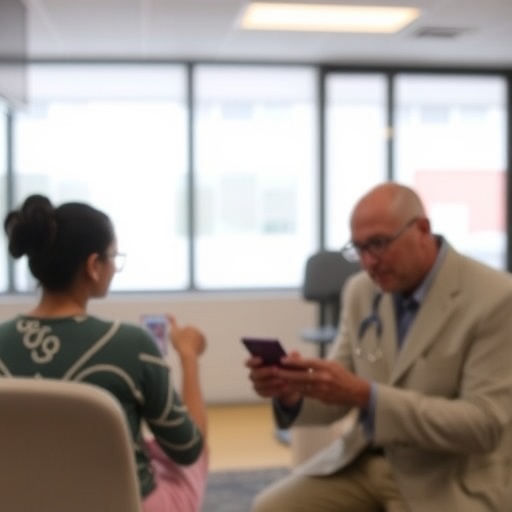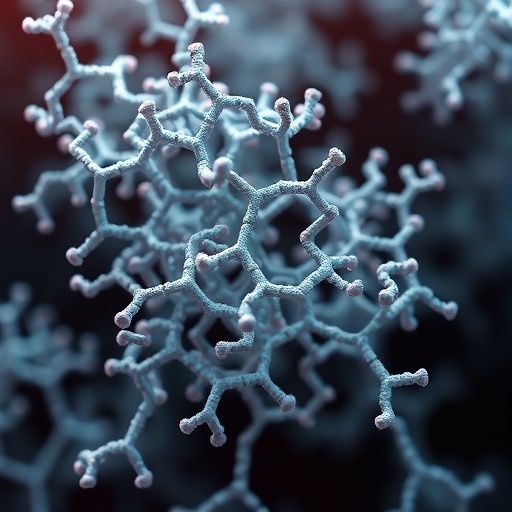A world-first study led by University of Sydney has found that Australians aged 18-40 years who were regular users of sunscreen in childhood reduced their risk of developing melanoma by 40 percent, compared to those who rarely used sunscreen.
Melanoma is the most common cancer diagnosed in Australian men aged 25-49 years and second most common cancer in women aged 25-49 years, after breast cancer. Approximately two in three Australians will be diagnosed with melanoma or other types of skin cancer by the time they are 70 years old.
Published today in JAMA Dermatology, this is the first study to examine the association between sunscreen use with melanoma risk in young people under 40 years. The study analysed data collected from nearly 1700 people who participated in the Australian Melanoma Family Study.
"Our study shows that sunscreen use in childhood and adulthood was protective against melanoma in young people 18-40 years old, with their risk reduced by 35 to 40 percent for regular sunscreen users compared to people who rarely used it," said lead researcher Associate Professor Anne Cust, who heads the Cancer Epidemiology and Prevention Research group at the University of Sydney's School of Public Health and Melanoma Institute Australia.
"The association of sun exposure and sunburn with melanoma risk, particularly in childhood, is well established and this study showed that regularly using sunscreen was protective against the harmful effects of sun exposure.
"Regular users of sunscreen were more likely to be female, younger, of British or northern European ancestry, and have higher education levels, lighter skin pigmentation, and a strong history of blistering sunburn.
"People were less likely to use sunscreen if they were male, older, less educated, or had skin that was darker or more resistant to sunburn.
"Despite sunscreen being widely available and recommended for sun protection, optimising the use of sunscreens remains a challenge and controversies continue to surround its use.
"This study confirms that sunscreen is an effective form of sun protection and reduces the risk of developing melanoma as a young adult. Sunscreen should be applied regularly during childhood and throughout adulthood whenever the UV Index is 3 or above, to reduce risk of developing melanoma and other skin cancers.
"Some population subgroups such as people with sun-sensitive skin or with many moles might get a stronger benefit from using sunscreen," she said.
###
The Australian Melanoma Family Study was conducted in collaboration with Cancer Council Queensland and University of Melbourne and funded by the National Health and Medical Research Council (NHMRC), Cancer Council NSW, Cancer Council Victoria, Cancer Council Queensland, and the US National Institutes of Health.
Media Contact
Kobi Print
[email protected]
61-481-012-729
@SydneyUni_Media
http://www.usyd.edu.au/
http://dx.doi.org/10.1001/jamadermatol.2018.1774




